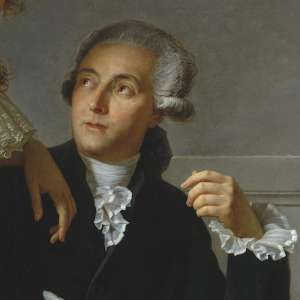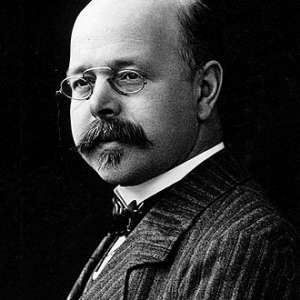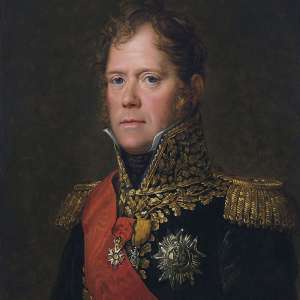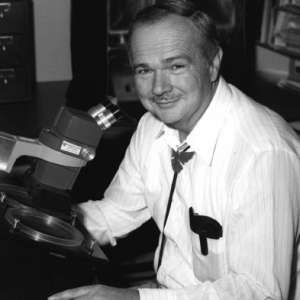
Frederick (Fred) Sanger, twice winner of the Nobel Prize in Chemistry—the first in 1958, for revealing that proteins have a unique molecular structure, and the second in 1980, for developing the knowhow for sequencing DNA—died at age 95 in Cambridge, England on November 19, 2013. It is simply impossible to overestimate the impact he has had on modern genetics and molecular biology, with profound consequences to all of the life sciences. His modest manner and quiet determination to carry out experiments himself, right to the end of his career, was an inspiration for his colleagues and young scientists everywhere.
Frederick Sanger was born on August 13, 1918 into a Quaker family in the ancient village of Rendcomb in Gloucestershire, where his father was the local doctor. Responding to his father’s influence, Sanger became interested in biology and aimed for a career in medicine; however, while still at the Bryanston School in Dorset he decided he would be best suited to a scientific career, one which possibly might have an impact in medicine. Sanger won a place at St John’s College, Cambridge, where he became interested in the emerging field of biochemistry, convinced that it offered a way to develop a more scientific basis to understand many medical problems.










































